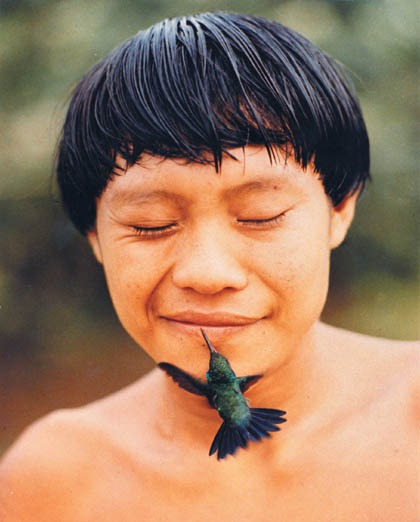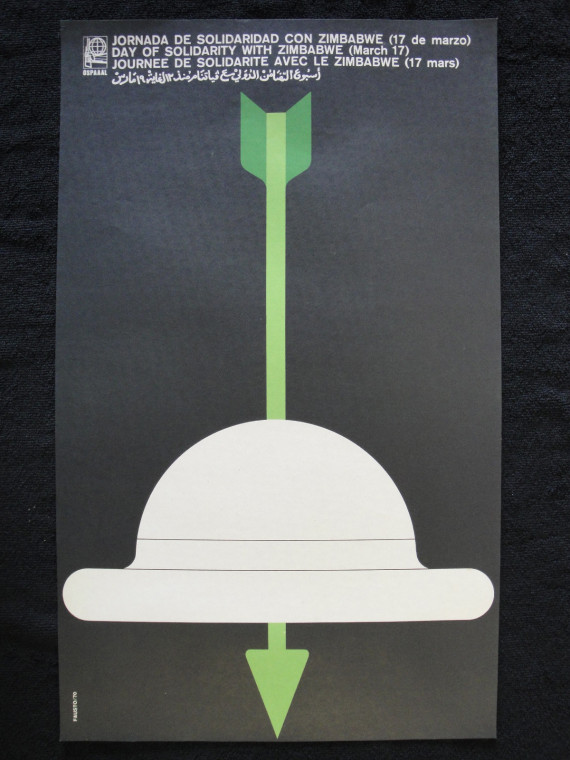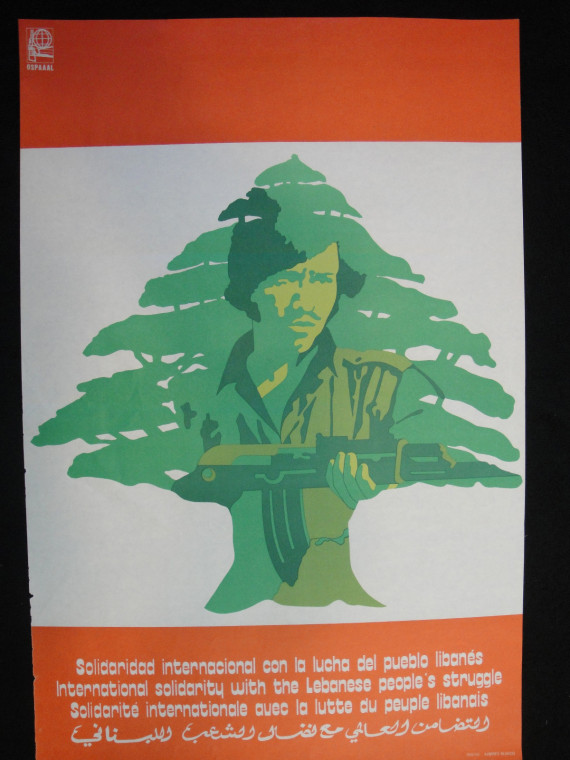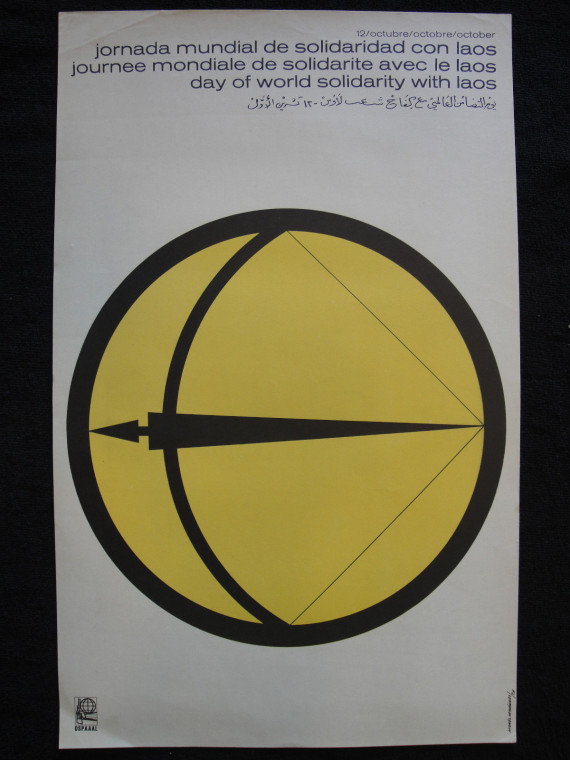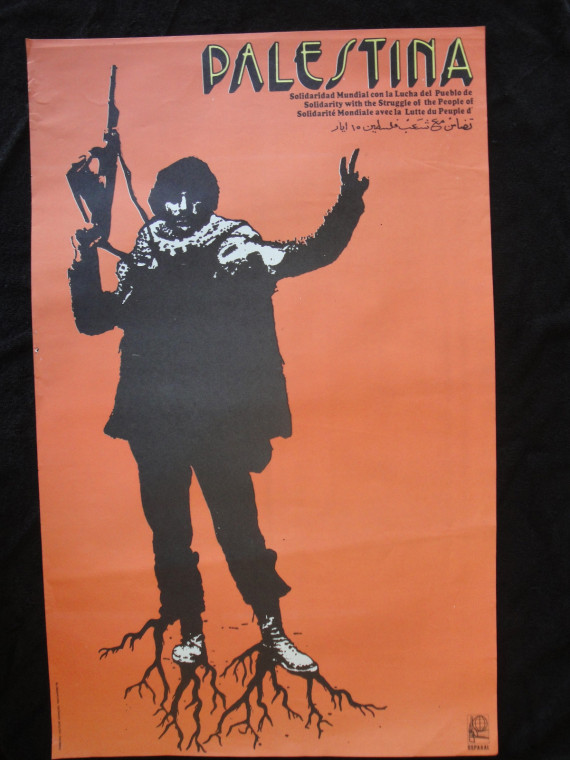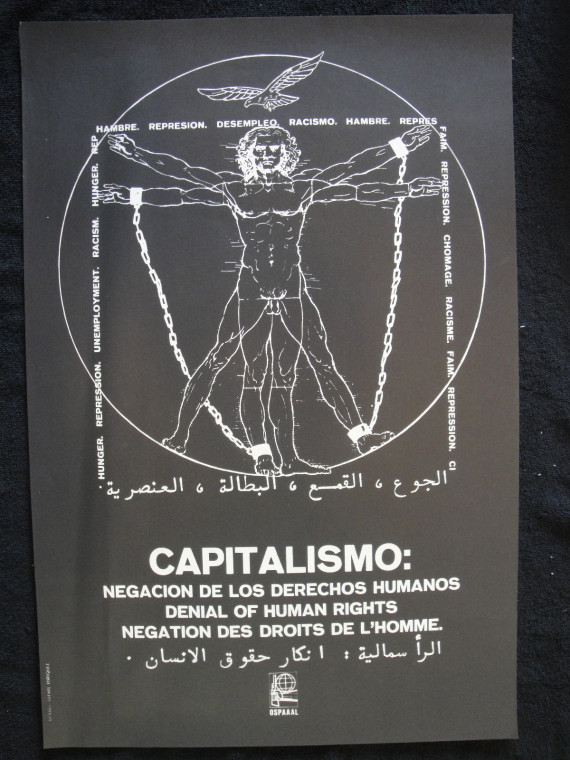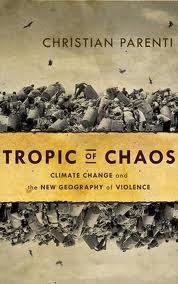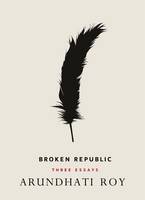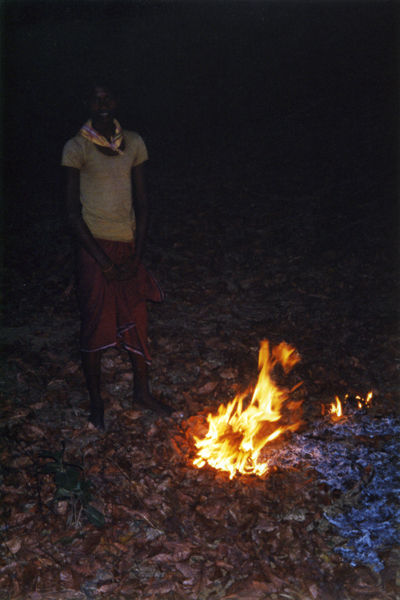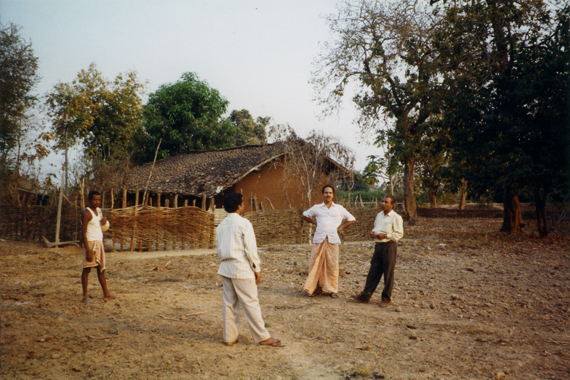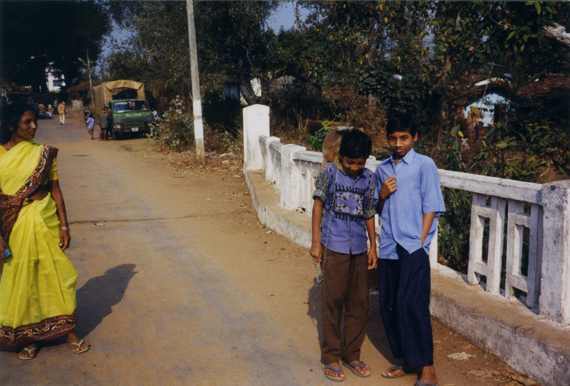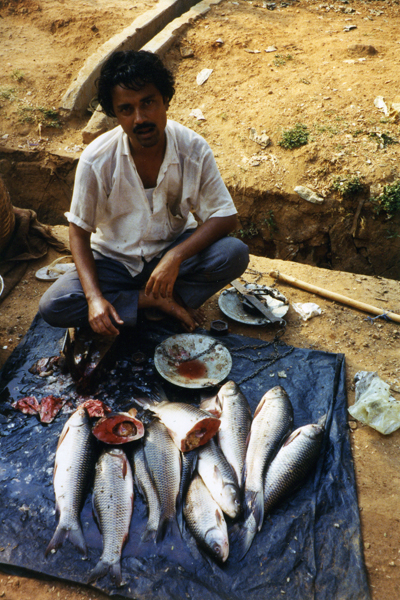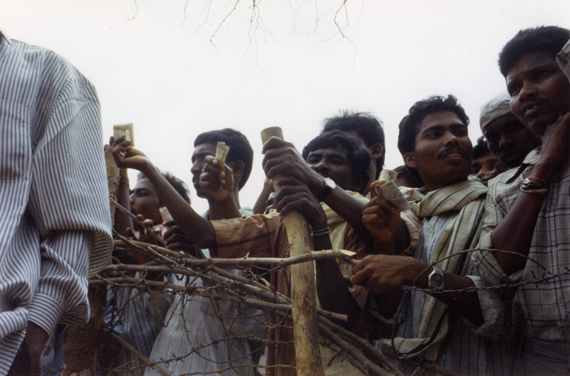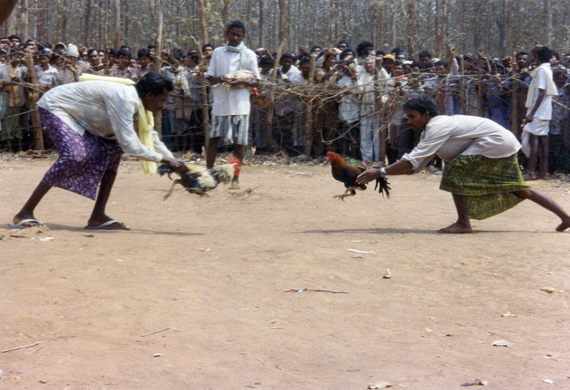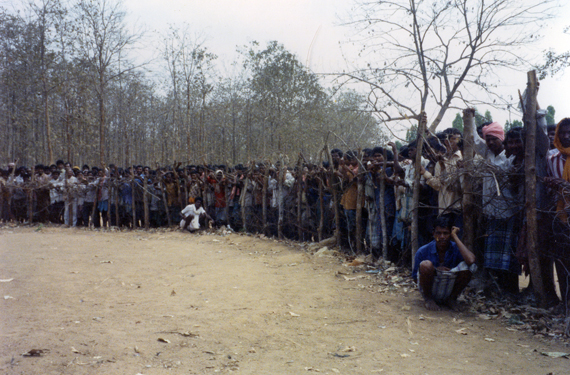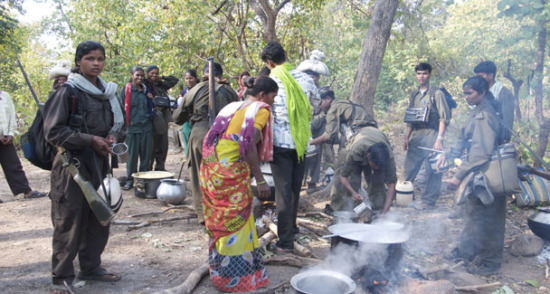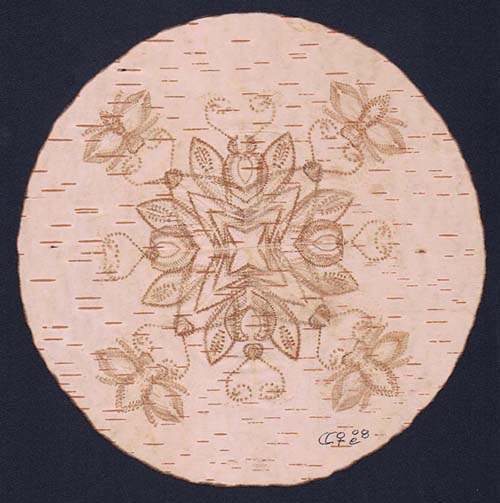I'm a year late, but I've finally found this and watched it — a few times. In this lecture — one of a series held annually in honor of Edward Said — Chomsky clearly contextualizes the Obama administration's foreign policy within the recorded and verified history of Imperialism. He lucidly displays the direct historical relationships between the Berlin Wall and the Wall of Annexation in Palestine, the genocide of Native Americans and all other genocides that have resulted from Western expansionism. This is not new ground for Chomsky, but it is as succinct and yet far reaching as any single talk of his I've heard, seen or read.
I cannot say that I find Chomsky's analysis entirely satisfying, but his scholarship and rhetorical precision are as always unreproachable. I have never found his theoretical assumptions or conclusions to be entirely coherent or providing an understanding of how Imperialist, racist and genocidal worldviews emerge or how they cohere with the philosophical, economic or wider cultural systems and situations in which they flourish and take root. Where I find a failure of imagination (empathy) arising from an automatic, inhuman conspiracy of intentional, human forces, he seems to only find a failure of a type of human being. Whether his ultimatum—to be either an Imperialist or a Libertarian—is a genuine existential condition he experiences or a rhetorical strategy aimed at instigating a crisis of the Imperialist imagination, I cannot say, but the scholarly and analytical tools he virtuostically demonstrates are of value to any emancipatory movement. I do not — I cannot — stomach the dismissal of his work by the Maoist and Sparticist intellectual left as lacking or even contradictory to dialectical materialist critique and revolution. His dedication to emancipatory theory, and his involvement in the real struggles of colonized, oppressed and dispossessed, in any honest estimation, puts the radical academic left to shame.
The dismissal or simple ignoring of his work in mass culture is not worth explaining — he himself has done it better than I or any one else could via the Propaganda Model. There is more to say there in terms of the human mind and imagination — as David Edwards and others have attempted to do — but I suspect that in careful analysis of this and other works of his, such levels of interpretation will be possible and fruitful for the indefinite period of struggle ahead. The ongoing dialogue between the ideas of Chomsky and Said is certainly one such avenue.
